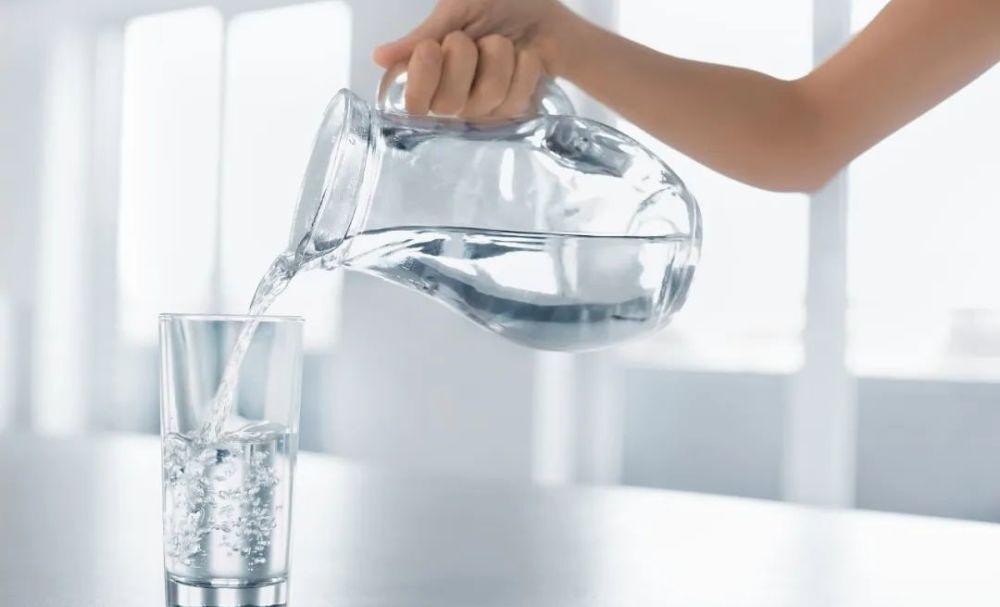Water is the source of life, and one side of the water and soil nourishes the other. Tumor patients require more water, especially after chemotherapy, doctors will emphasize drinking more water. However, a recent study reported that drinking water was also associated with an increased risk of cancer [1].
The study found nitrate contamination in drinking water, which in turn increased the chances of cancer, especially colorectal cancer.

It's 2022, is there still nitrate pollution in drinking water?
It does exist.
According to internationally published data, about 17 per cent of New Zealanders may have been detected from 80w of New Zealanders' drinking water that is likely to drink water with excessive nitrate levels, putting them at risk of cancer. Globally, excess nitrates in drinking water mainly come from agricultural production.
Are unavoidable nitrates really carcinogenic?
In fact, nitrates are widely present in water, soil, and plants, and are one of the natural components of plants. So what is the usually said nitrate and nitrite carcinogenicity?
Human oral and intestinal bacteria have the ability to convert nitrite into nitrite, and the two substances contained in the diet do not have carcinogenic effects themselves, but too high an amount will produce N-nitroso compounds or put cells in a state of oxidative stress, resulting in adverse health consequences; in addition, nitrite will be converted into nitrosamines during protein decomposition in the body, nitrosamines cause cancer.
In China, is it necessary to be vigilant about the carcinogenic potential of drinking water?
Mainland drinking water mainly comes from surface water such as rivers, lakes, reservoirs, and groundwater such as well water. Although there are certain differences in water quality in different regions, the issue of drinking water safety has been fully paid attention to, including drinking water in urban and rural areas that meet the national drinking water sanitation standards. Therefore, from this aspect, there is no need to worry about the safety of daily drinking water.
There are also reports that the nitrite content of the water has doubled after repeated boiling. Indeed, laboratory data shows:
The content of nitrite in tap water is 0.007 mg / L;
0.021 mg / L after 1 boil, 3 times;
After 20 boils it is 0.038 mg / L, 5 times higher.
However, the national drinking water standard is that the nitrite content is less than or equal to 1mg/L, and even if the nitrite content of repeatedly boiled water increases exponentially, it is still far below the safe value. From this point of view, the nitrite in drinking water should not become a problem for our daily fight against cancer.
Instead of worrying about carcinogenicity caused by excessive nitrite levels in water, it is better to pay attention to these diets in daily life:
1. Leftovers
In daily life, leftover meals and overnight dishes cannot be avoided. However, as we all know, after these foods are placed for a period of time, the nitrite content in them will suddenly increase or even exceed the standard, and it is a health risk to eat again.
Leftover meals need to be sorted.
Meat
Meat leftovers should be stored in separate containers and refrigerated, how much to eat, and ensure that they are fully heated before reuse, and preferably not more than 2 days.
vegetable dish
Vegetarian vegetables, especially darker leafy vegetables, try not to leave leftovers.
Cold mix
Summer is coming, and coleslaw has become a must-have for many people's tables. Please note that as much as you eat and how much to mix, try not to leave, because the higher the temperature, the faster the nitrite is produced.
2. Pickled food
Mainland residents, from the north to the south, have the habit of eating pickled foods. But whether it is sauerkraut in the north, pickles in the south or cured meat and bacon that are loved by the whole people, in the process of curing, a large amount of nitrite will be produced, increasing the risk of tumors in the digestive system.
How to eat pickled vegetables to enjoy both delicious and healthy?
edible
Time
In the pickled vegetables, the nitrite content has a change law, mustard greens, Chinese cabbage generally reach the highest point on the 4th day, white radish generally reach the highest point on the 8th day, and then gradually decline.
Therefore, mustard greens and Chinese cabbage should be eaten after at least 8 days of pickling, and white radish should be eaten after at least 20 days of pickling.
Water
soak
Soaking can reduce the nitrite content in pickles, it is recommended to soak in water before eating.
With fresh vegetables
Fresh vegetables are pickled, and the nitrite produced in pickles is relatively small; and after a few days of vegetable stacking, the vegetables have deteriorated to a certain extent, and more nitrites have been produced.
How to prevent it?
People who have the habit of eating pickled foods must pay attention to eating more fresh vegetables and fruits, and take adequate vitamin C;
Pickled foods can be eaten, but control the amount of consumption, while drinking more water and exercising more.
bibliography
[1] Chambers T, et al. Nitrate in drinking water and cancer risk: the biological mechanism, epidemiological evidence and future research. Aust N Z J Public Health. 2022 Apr;46(2):105-108.
Cai Zhenzhen,Su Qiufang,Qiu Songlin. Study on the Formation Law and Influencing Factors of Nitrite in Pickles[J]. Fujian Textile, 2011(2): 45-48.